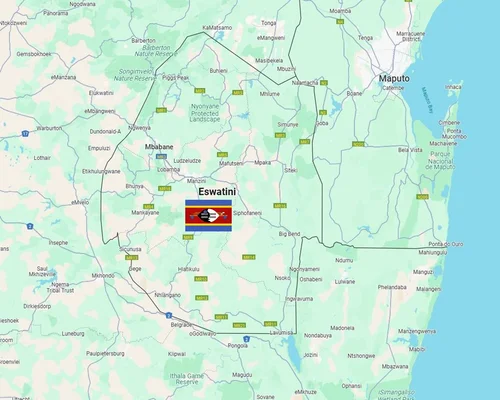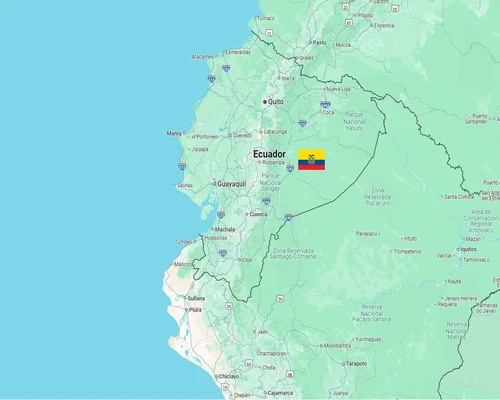
Facts about Cambodia
Facts about Cambodia
Facts about Cambodia:
Country name: Cambodia
Capital: Phnom Penh
Location: Southeast Asia.
Government: Constitutional monarchy.
Key facts:
Language: Khmer (official language).
Currency: Riel (KHR).
Population: About 17 million (2023 estimate).
Total land area: 1,81,035 square kilometers.
Religion:
Theravada Buddhism (main) - about 97%.
Islam, Christianity and local religions - the rest.
Geographical features:
Borders:
North: Laos.
West: Thailand.
East: Vietnam.
South: Gulf of Thailand.
Rivers: Mekong River and Tonle Sap.
Climate: Hot and humid (monsoon climate).
Economy:
Main sectors: Agriculture, garment industry, tourism and fisheries.
Industry: Textiles, rice processing, rubber and handicrafts.
GDP: The economy is expanding rapidly as a developing country.
Exports: Garments, rice, fish, rubber and timber.
Culture and heritage:
Ancient heritage: Rich cultural history as part of the Khmer Empire.
World heritage:
Angkor Wat: The largest religious monument in the world, a UNESCO World Heritage Site.
Preah Vihear Temple.
Festivals: Water Festival (Bon Om Touk) and Khmer New Year.
Food: Amok (fish stew), Lok Lak (beef), and noodle soup.
History:
Ancient empires: Khmer Empire (9th–15th centuries).
French colony: Under French rule from 1863 to 1953.
Independence: November 9, 1953.
Khmer Rouge Era: The country suffered extensive destruction during the 1975-1979 genocide.
Current Status: Peaceful and moving towards economic development.
Special Features:
Natural Beauty: Full of jungles, rivers, and lakes.
Historical Sites: Ancient temples and archaeological sites.
Tourist Attractions: Angkor Wat, Royal Palace, and Tonle Sap Lake.
Wildlife: Elephants, tigers, and various bird species.
Conclusion:
Cambodia is famous for its ancient heritage, culture, and natural beauty. After a history of war and political crisis, the country is currently moving forward through tourism and industrial development.



























